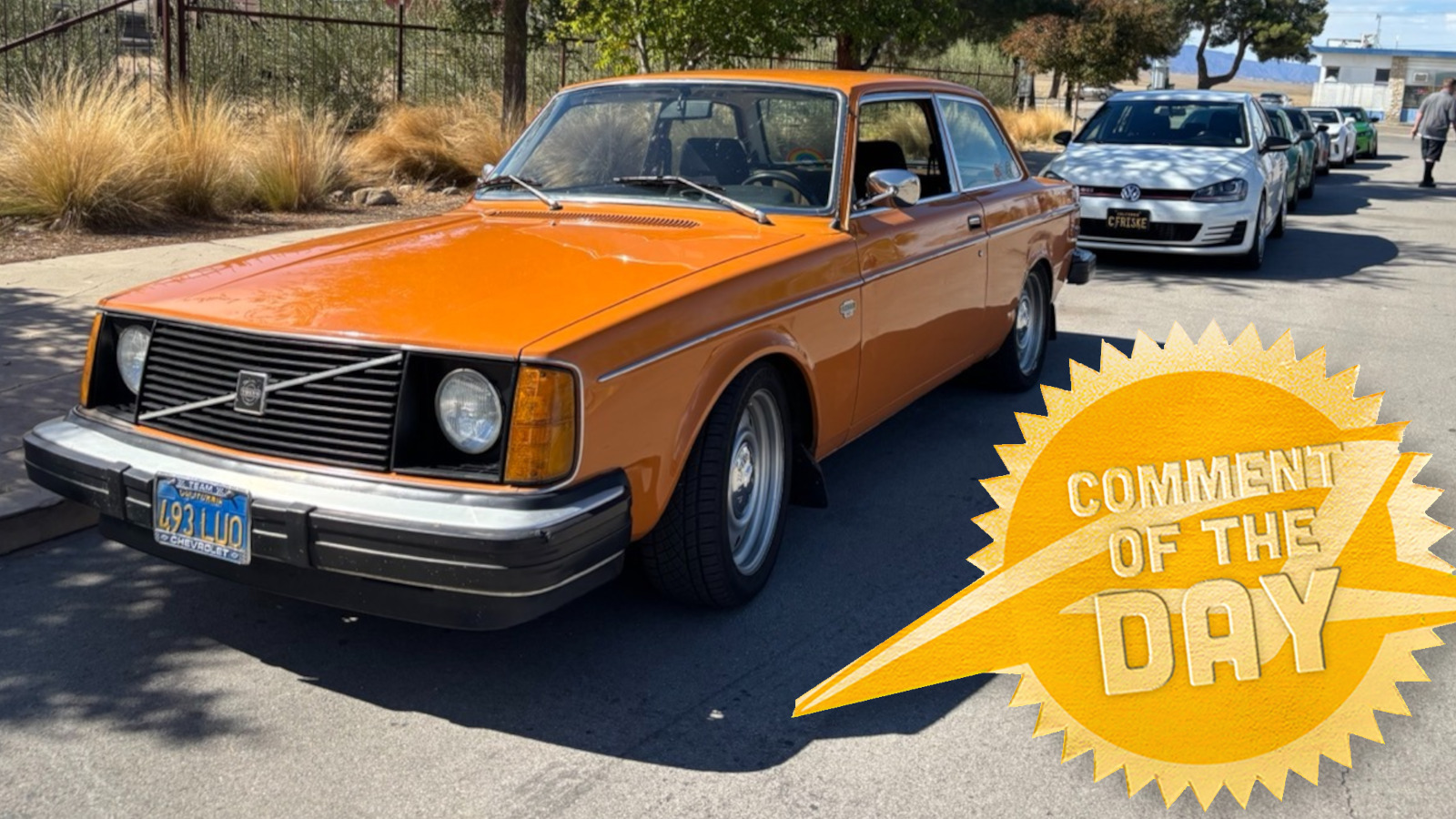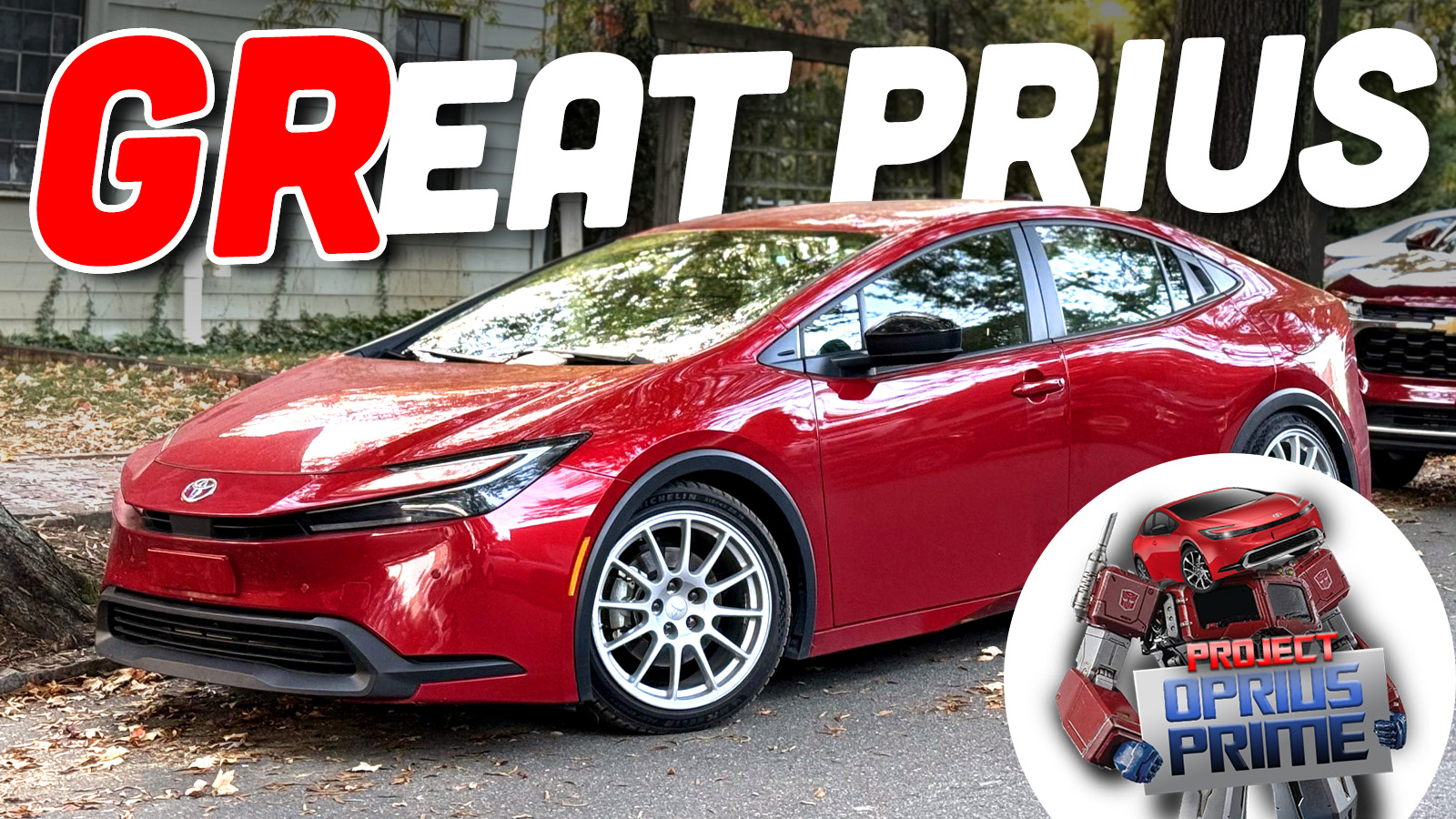Steam billowed from the valve cover of my Jeep Comanche’s 4.0-liter inline-six engine. The dipstick, too, was shooting out pressurized gas, and my air filter was covered in oil. The bottom of my engine was a nasty, oily mess, and so was the ground below. All signs pointed to my 210,000-mile engine having excessive blow-by — a wear-related engine problem that would require a complete engine teardown to fix. And yet, it turns out, my issue wasn’t a failing engine; it was something extremely simple.
Blow-by, which involves combustion gases in the cylinders “blowing by” the piston rings and pressurizing the crankcase, is actually a totally normal thing, as Engine Builders Magazine writes:
“Certain levels of blow-by are unavoidable, acceptable and are helpful in providing a mechanism to move oil that is on the cylinder walls back into the crankcase rather than allowing the oil to move upward into the combustion chamber and get burned,” says Justin Keiffer, director of applications engineering at Hastings Manufacturing Company. “Blow-by is instrumental in reducing oil consumption through pressure balancing of the piston rings to keep them stable in the grooves during certain portions of the operating cycle. Blow-by does, however, represent lost power, so there is a limit as to how much is acceptable.”
Rislone, manufacturer of various oil/fuel treatments, also makes it clear that not all blow-by is bad:
Standard cars use internal combustion, a mixture of air and fuel gets sparked and essentially explodes with the power to move crankshafts and pistons. Naturally, this process can have some unintended by-products.
Specifically, the force of the combustion can push some of the pressurized gas, as well as any oil and still-liquid fuel mixed in with it, past the piston rings and into the crankcase where it does not belong. This unwanted fluid that blows by the piston and into that crankcase is known as blow-by.
Now, this in itself is not necessarily a problem, because your car has something called a PVC, Positive Crankcase Ventilation, system. Without such a system, the combustion could pressurize the crankcase, which could divert power from the engine and lead to oil leaks. The PCV system works by pulling that blow-by back from the crankcase, where it ends up in the air intake.
Jeep 4.0-liter inline-six engines, found in millions of Jeeps between 1987 and 2006, actually feature a Closed Crankcase Ventilation System, and not a Positive Crankcase Ventilation System — CCV instead of PCV.
The difference, really, is that the Jeeps don’t have a vacuum-actuated valve, but the concept is the same. Basically, you’ve got two elbows on top of the valve cover. The rear elbow has a tiny orifice in it because it connects to a hose that leads to the intake manifold. That manifold sucks air from the crankcase via that elbow on the valve cover. Some of that air is coming from the natural blow-by in the system, and some is coming through the elbow a the front of the valve cover, which draws clean air from the airbox.

The issue is that sometimes the orifice is clogged, as I mentioned in this video:
I actually cleaned out the rear orifice, which was quite clogged, and I sprayed out the hose leading to my intake manifold. Then I drove 850 miles and….


I still had oil in my air filter, the Jeep’s cabin smelled heavily of oil, there were numerous leaks, and I could see when the engine was idling that there was lots of oil vapor shooting from the dipstick tube and the oil fill location in valve cover.
Since I didn’t take photos of the oil shooting out of the valve cover, here’s a video I took a few months back of this very thing happening with an old Ford F-250 diesel:
Smoke just billowed from the fill tube at idle:

At this point, I was concerned. I’d cleaned the elbows and hoses, but still oil was shooting into my air filter, and the pressure was shooting oil past my engine’s seals.


In a desperate last-ditch effort to find something wrong with my CCV system, I removed the fitting on my intake manifold and found…

It was completely clogged!
Grime in this tiny fitting was causing pressure in my crankcase that was ruining my gaskets; shooting oil all over my engine and into my intake manifold; and just causing the Jeep to stink from all the oil vapors escaping the motor.
All I had to do was drill the hard-caked oil out of the small fitting, reinstall a new elbow and tube, and then immediately I noticed my engine was running great, with no steam at all escaping the valve cover. I bet the oil leaks will become less of an issue, and I bet my air filter will remain nice and clean.


Wow, that’s crunchy.
It’s wild to think that such a small issue — a clog in a little fitting — can cause a car to stink heavily of oil due to steam billowing from the engine, cover its air filter in oil, and blow out lots of oil from every gasket. Worse, though, is that it caused me to worry that my engine was suffering from excessive blow-by, and thus would require a total rebuild.
Man, I’m glad I checked that little fitting.








David, longer term, the later 4.0’s (I forget which year it started) have an upgraded system that breathes a bit better- bigger elbows and tubes. You can swap them into earlier 4.0’s no problem, just have to pull the valve cover to do it the right way.
“I actually cleaned out the rear orifice, which was quite clogged, and I sprayed out the hose leading to my intake manifold.”
Are we still talking about cars?
I try to mentally file these articles away, just in case I one day face a similar situation, at least something might gnaw at my memory.
But..is Rislone still a thing?? I see its products at the store and always figure they’ve been mostly obviated by detergent gasoline, but could be wrong.
Good job and congrats on your discovery.
Now that you’ve addressed the root cause it’d be a good idea to add a closed oil catch can inline between the CCV and intake manifold to catch any other oil vapor. Amazingly even California allows this as a smog legal modification since helps oil from getting burned.
I wonder if this will help preserve my catalytic converter…
Anything that’ll stop oil from going through the cat can only help. I put one on my LTD and even with a new engine it catches a fair bit. Keeps the intake manifold cleaner too.
Hey DT I seem to remember when you mentioned the issue I suggested a PVC Valve, unaware of the CCV system. And at the time no one else was suggesting that. I don’t get a mention or a shout out?
Lol glad you got it fixed properly and got a good deal because the seller didn’t check the small stuff.
I’m always happy to shout you out! Though I have been doing this fix for about a decade!